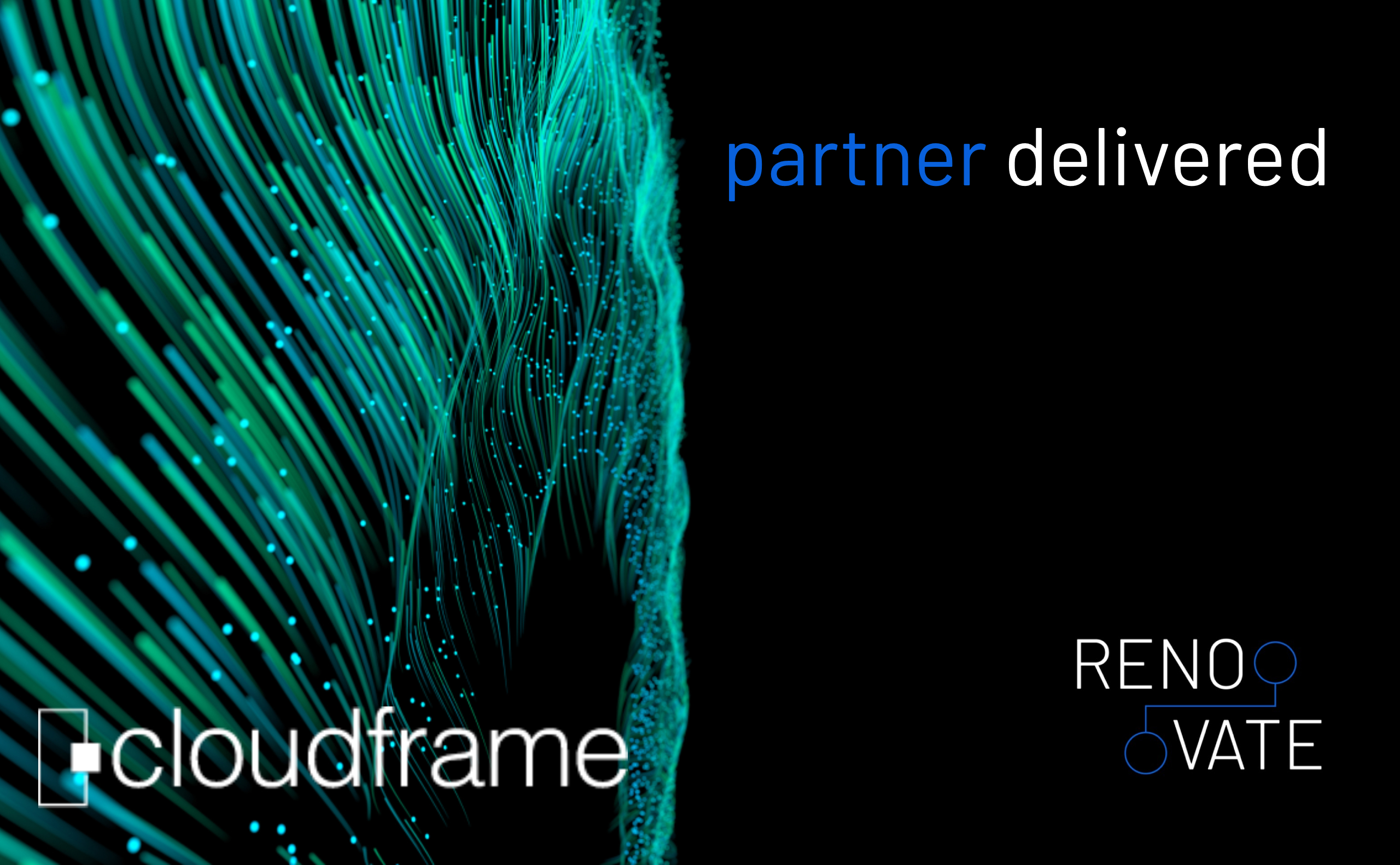The Value of Incremental Modernization for COBOL Applications Portfolios

The concerns facing businesses regarding COBOL modernization are issues that have been created over five decades. This is more than enough time for inherent and potentially unseen variables to develop, and those issues shouldn’t be so quickly dismissed. Yet, there is a perception that a complete and total replacement is a single-step process!
Reduced Risk
The risk of completely rewriting applications seems appealing to those who don’t understand the value of COBOL or who view it as an outdated and irrelevant language. Additionally, the concept that replacing these applications with packaged software solutions, while occasionally reasonable, often requires a level of tailoring of the out-of-the-box offering that greatly complicates processes and workflow for an internal IT department.
Risk reduction and cost management are the two key concerns every organization faces with its modernization projects. These applications contain decades of business rules and processes, sometimes forgotten and undocumented. However, there are things you can do to minimize the risk of changing such a large volume of application code and still move your modernization objective forward.
Modernization is a continuum and should be planned and addressed in that light. An incremental approach that delivers business value at each step of the journey is both highly advantageous and risk minimizing. The right path can even help fund the modernization initiative simply by leveraging the lower costs of mainframe specialty engines.
There are obvious gains found for many companies by following an incremental approach, but these should be executed against the backdrop of a well-thought-out modernization plan.
While some of the steps may seem to have little value, they will provide modernization experience and bring recognition to some of the often-opaque challenges inherent in undertaking such a significant change project.
Effective Management Delivers Change
This is, by definition, a change management project and should be treated that way. Begin by developing a plan for evolving your portfolio in manageable increments. There are obvious starting points for most organizations, but don’t fall into the trap of beginning with the most complex with the idea that it will bring the most value. If it fails, it will doom the subsequent steps of your initiative and stall the movement toward modernization.
After all, it’s not just the application portfolio’s composition that must be changed. The initiative will also encompass the structure of your application development organization and the evolution of the skills necessary for modern development languages and approaches. The demands of the new infrastructure must also change.
Your change management plan must include the necessary steps to move your organization and technical environment along with the changes to your application portfolio. Each of these steps can provide value – some will be noticeable to the business, while some will be noticeable only to IT.
For example, improving the customer interface with a more user-friendly mobile or web interface provides the business and customers visible benefits. The underlying technical changes necessary to support these changes may only be visible to IT, but they drive progress down the modernization path along with the application portfolio.
Reduced Cost
Some steps on your modernization journey are likely to reduce operating costs. The challenge is to ensure your modernization change management project clearly states that cost savings will be used to fund the remaining steps on your journey. These savings may be siphoned off for other projects, putting your remaining efforts at risk if not clearly defined.
If your incremental modernization plan provides real value at the end, stopping early is a recipe for disaster. Early termination of the initiative will result in an application portfolio and infrastructure in a state of greater complexity than when you started. While this state can be acceptable in the short term, it’s disastrous in the long term. Your management must support the whole plan and avoid bailing out too soon.
Define your modernization plan in a way that exploits obvious opportunities that nearly everyone can agree on. Develop an incremental strategy that provides value, reduces costs, and progresses your underlying technology in the desired direction. Demonstrate to the business users how these projects create more significant revenue opportunities or reduce operational costs in a risk-averse way.
Success Awaits
As children, we learned from fables that “slow and steady wins the race.” That remains true today. Your modernization plan will succeed if it shows a persistent, consistent, and diligent set of steps down the path to your desired end-state while showing incremental value along the way.
– Guest content from Dale Vecchio, Mainframe Modernization Thought Leader
Find Out More
Learn more about Renovate.
Related Post
CloudFrame Relocate Economics and Java on Z
TL;DR CloudFrame's survey of large enterprises discovered the median installed mainframe MSU…

Modernizing COBOL for Maintainability, Automation, and Quality
The debate as to whether you should or shouldn't modernize any portion…

FS Firm envisions a COBOL-less future by collaborating with CloudFrame…
FS Firm envisions a COBOL-less future by collaborating with CloudFrame and EPAMDownload…

Recent Comments